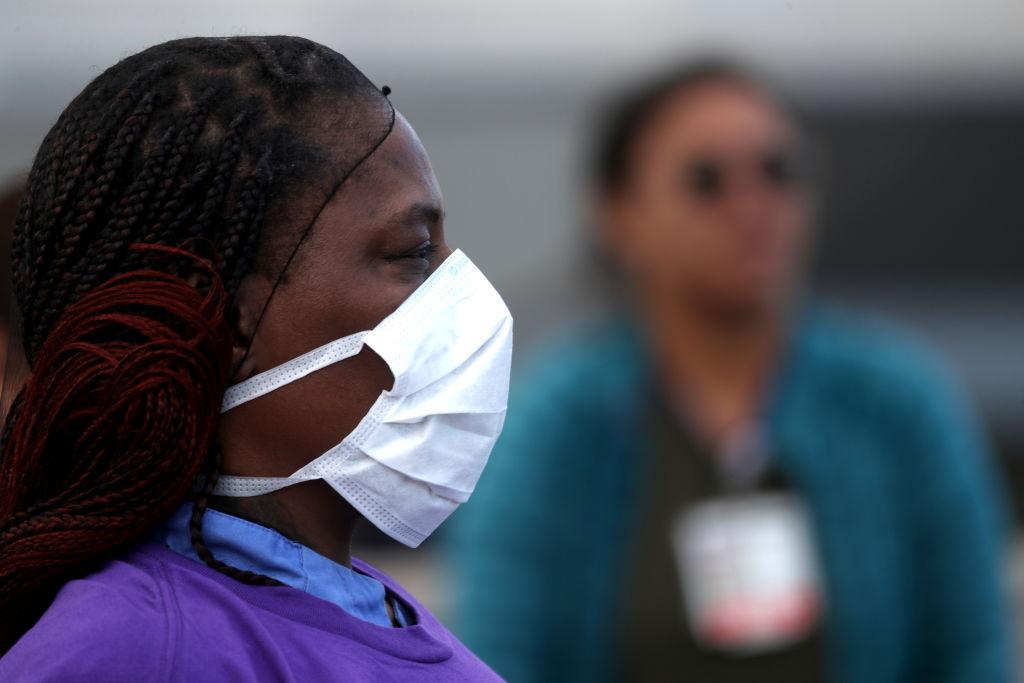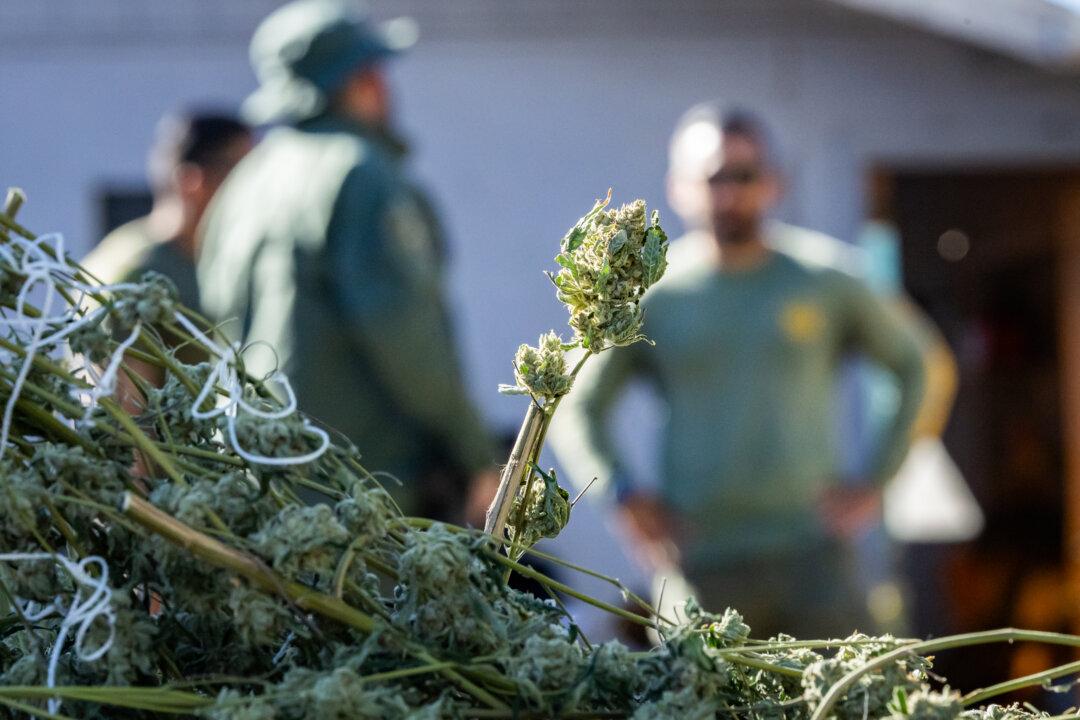It was an emotional night at a nurse’s home in Southern California in early April. The nurse, in her 20s, lives with her parents and she made the difficult decision to leave home for their safety as she works closely with COVID-19 patients.
She cried as she packed her bags that night. “Not knowing when I can come back is a little bit rough,” she said.





